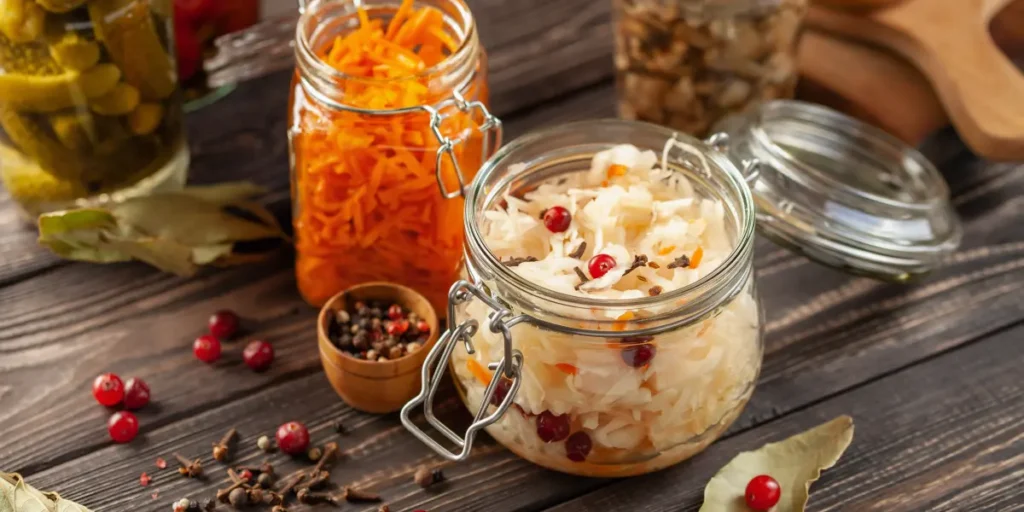When we think about gut health, probiotics usually steal the spotlight. But a healthy microbiome is about more than just adding friendly bacteria—it’s about nourishing and supporting the diverse ecosystem already living inside you.
Enter prebiotics—and the surprising role of medicinal mushrooms like Agaricus blazei Murill (ABM).
Prebiotics 101: Feeding the Good Guys
Prebiotics are non-digestible fibers and polysaccharides that serve as food for beneficial bacteria in the gut. Unlike probiotics, which add bacteria to the system, prebiotics help your existing microbes grow, multiply, and function optimally.
Mushrooms are rich in natural prebiotics, particularly:
- Beta-glucans
- Mannans
- Chitin
- Complex polysaccharides
These compounds are increasingly being recognized for their ability to:
- Promote a balanced microbial community
- Enhance short-chain fatty acid (SCFA) production (like butyrate)
- Strengthen the gut barrier
- Modulate the gut-associated immune system (GALT)
ABM: A Unique Prebiotic Profile
Among medicinal mushrooms, Agaricus blazei Murill stands out. ABM’s fruiting body is particularly rich in immune-modulating beta-glucans and complex polysaccharides that:
- Encourage the growth of beneficial bacteria (Bifidobacterium, Lactobacillus)
- Help balance gut flora in inflammatory states
- Support repair of intestinal tissue after stress or infection
Preclinical studies show that ABM polysaccharides may:
- Reduce pro-inflammatory cytokines
- Improve microbial diversity
- Restore intestinal integrity after damage
The Microbiome–Mushroom Connection: Why It Matters More Than Ever
Your gut is home to trillions of microorganisms—collectively known as your gut microbiome. These bacteria, yeasts, and fungi aren’t just passive residents. They play active roles in:
- Digesting food and extracting nutrients
- Training your immune system
- Producing neurotransmitters like serotonin and GABA
- Protecting the gut lining
- Regulating inflammation throughout the body
Just like your heart or brain, the microbiome needs the right fuel to function well.
When microbial imbalance (dysbiosis) occurs, it can affect:
- Digestion
- Nutrient absorption
- Immune system response
- Mood and stress resilience
- Skin and metabolic health
Mushrooms like ABM deliver the complex nutrients your gut bacteria recognize as functional fuel, helping them produce beneficial compounds like butyrate that support colon cells and overall intestinal health.
Why Fruiting Body Extracts Matter
To get these gut benefits, quality matters. Many “mushroom” supplements on the market contain mostly mycelium-on-grain—a starchy mass with minimal active compounds.
At Desert Forest Nutritionals®, we use only:
- Mature fruiting bodies of Brazilian-grown ABM
- A dual-extraction method (hot water + alcohol)
- No mycelium, no grain, and no fillers
This ensures our extracts contain the full spectrum of ABM’s beneficial nutrients—just as nature intended.
Bottom Line
Your microbiome is alive—and it needs to be fed. ABM mushrooms offer more than just immune support—they’re a natural prebiotic powerhouse that helps nourish the ecosystem inside you.
You’ve probably heard “you are what you eat.”
It’s also true that your microbes are what you feed them.
Bibliography
- Zhao, M. et al. (2024).
Polysaccharide Isolated from Agaricus blazei Murill Alleviates Intestinal Ischemia/Reperfusion Injury through Regulating Gut Microbiota and Mitigating Inflammation in Mice.
Journal of Agricultural and Food Chemistry, 72(4), 2202–2213.
https://pubmed.ncbi.nlm.nih.gov/38247134/ - **The Impact of Mushroom Polysaccharides on Gut Microbiota and Its Metabolic Benefits**
Immune cells. Recently published review exploring how mushroom polysaccharides impact gut microbial communities, SCFA production, and overall metabolism.
https://pubmed.ncbi.nlm.nih.gov/33049854/ - Nguepi, T. I. S., & Song, H. (2020)
Mushrooms Bioactive as Prebiotics to Modulate Gut Microbiota in Relationships with Causes and Prevention of Liver Diseases (Review).
International Journal of Medicinal Mushrooms, 22(6), 509–519.
doi: 10.1615/IntJMedMushrooms.2020034706
https://pubmed.ncbi.nlm.nih.gov/32865893/
- Zhao, M. et al. (2024).

